
Archives
Contribute
| India Golden Period - 200BCE-500CE - Language And Literature |
Prem Nagar
06/18/2021
The period witnessed exceptional scholarship in Languages and literature. There were major developments in grammar, script, use and analysis of words. Among the important grammatical expositions, was the massive text by Patañjali (200BCE), containing the analysis of speech sounds – “syllablesâ€. It was empirically discovered that the cognition of meaning occurs through a built-in “seed†in the vocal phrases, technically labelled as sphota, the “burstâ€. Script mimicked the oral syllables that symbolically represented sound based in “places and manner of articulationâ€. The symbolic visual representation through BrÄhmÄ« and Kharoá¹£á¹hÄ« script led to the adaptation in Sanskrit, Prakrit, PÄli and Apabhraṃśa language. Descendant of BrÄhmÄ« with variations formed Tamil-BrÄhmÄ«, Odia for Odia, Kadamba for Kannada, Bhattiprolu for Telugu and Malayalam used Brahmic script for Vatteluttu alphabets. In Devanagari, a modern form of BrÄhmÄ«: “ka†is written as क in Sanskrit, Prakrit, PÄli and Apabhraṃśa; କ (Odia); க (Tamil); ಕ (Kannada); à°• (Telugu); and Malayalam à´•(ka). Sanskrit language codification helped the codification of other languages. (Figure 1 and 2). Migration of people from one region to other and urbanization with trade helped create new words, and new ways of communications. This became the foundation of a pan-Indian literary base in process of later development to the flourishing modern Indian literature. The language spread in India during the period is reconstructed in Figure 3. Sanskrit evolved from the Vedic literature; Odia, a refined form of Odra Magadhi and Prakrit emerged through vernacular with dominant Shauraseni-Prakrit; PÄḷi, the vernacular of Magadha and Apabhraṃśa, a deviance, became a mixed language. Southern languages, Old Tamil, Kannada, Telugu and Malayalam, descended from Proto-Dravidian language. Script enabled the recording of the pre-existing oral texts. Recorded texts facilitated disseminations of literature to regions and in educating the society. Piá¹…gala (200BCE) authored a sutras style ChandaḥśÄstra on Sanskrit prosody. This was a systematic enumeration of meters with fixed patterns of short and long syllables, which epitomize modern binary numeral system. The metric composition of poetry was further creatively assembled to depict human emotions and natural events through renderings in human voice. The signature is unique to India. NÄá¹yaÅ›Ästra, a handbook of dramatic art of all aspects of drama, dance, music, poetics, general aesthetics and organization of stage and auditorium, originally compiled by Bharata had prolific use during the period. Rasa, the psychological manifestation and Bhava, the expression of sentiments developed as the principles of aesthetics. (Figure 4). Poetic ornamentation (Alaá¹…kÄra ÅšÄstra), an art of graceful speech, earlier beginning through Ṛgveda, and was formalized through the NÄá¹yaÅ›Ästra. KÄlidÄsa (5th century CE) perfected this in his lyrical composition, MeghadÅ«ta, using cloud as messenger to convey love. In another long epical poem, KumÄrasambhavam, he portrayed romance (ŚṛṅgÄra rasa) as the nature of the universe. Different regions in India developed their unique style of storytelling. Pañcatantra (200BCE-300CE), by ViṣṇuÅ›arman, has been one of the most translated texts in the world. It is a collection of interrelated fables (Animal stories), composed in verse and prose. Puranas dealt with cosmology and were used to instill moral values by retelling legends, folklores and history as dramatic stories. The storyteller Vyasa made commentary on the text through the narration. Storytelling combined poetry, music, drama, dance and philosophy. Mahabharata, the epic, and other texts were narratively expanded through this process. Takshashila of Gandhara(modern Pakistan) was the ancient University where students of twelve years were admitted for educational exercise in the Vedas, the Puranas, Philosophy, Military Science, Archery, Astronomy and the Natural Sciences. NÄgÄrjuna (150–250CE) developed the Buddhist doctrine of Intermediate mÄdhyamikÄ with tenets of ‘all is void’ śūnyavÄda, ‘all is real’ sarvÄstivÄda and ‘idealism of the mind only’ yogÄcÄra. The Buddhist’s Mahayana chronicle Arya-Manjushri-Mula-Kalpa in Sanskrit language chronicled history through Buddhist principles. Around 450CE, NÄlandÄ, a Buddhist monastery, transformed itself into a renowned center of learning in Magadha (Figure 5). Jain Sutras Agama literature composed in the Ardhamagadhi-Prakrit and the commentaries were authored by Bhadrabahu II, Devarthi, Gani, Siddhasena, and Divakara in Prakrit, Sanskrit, Apabhramsa, Kannada, and Tamil. In Tamil Tolkappiyam’s Eluttatikaram, on phoneme; Sollatikaram, on Sound; and Porulatikaram, on prosody and Thiruvalluvar’s Kural were important literature composed during this time. VÄtsyÄyana’s KÄmasÅ«tra (Principles of Life and Living) was composed (200-300CE). Aesthetics and critical thinking orchestrated the synergy of the wholesomeness of life during the period. References: 1. Majumdar RC & A D Pusalker (1951) The History and Culture of Indian People: by R.C. Majumdar, et ed. …Publisher: Bhartiya Vidya Bhawan, Mumbai, 400 007 2. Jack Goody (1987). The Interface Between the Written and the Oral. Cambridge University Press. pp. 110–124. ISBN 978-0-521-33794-6. 3. Bharata, the NÄá¹yaÅ›Ästra, by: Kapila Vatsyayan, Sahitya Akademi, 1996 4. (2003) A Phonemic Code Based Scheme for Effective Processing of Indian Languages; By: Prof. R.K. Joshi, Keyur Shroff and Dr. S. P. Mudur 5. (2015) Rasa-SÄá¹…khya -Connecting Rasa to Neuroscience; By: Bijoy M Misra, Prem S Nagar, Bela Kosaras, Jaspal Singh, 6. Generally available on Internet Seminar Presentation at: https://www.indiadiscoverycenter.org/langlitmain/langlitgolden/ --------------------------------------------------------------------------------------------------------------------- Mr. Prem Nagar leads the Language and Literature track in India Discovery Center project on "Evolution of Indian Culture: Pre-history to 1947AD". More information and updates on the project are available at https://www.facebook.com/Evolution-of-Indian-Culture-An-IDC-Project-107749391111922 Information on India Discovery Center is at https://www.indiadiscoverycenter.org (c) Copyright 2021 India Discovery Center, Inc. All rights reserved.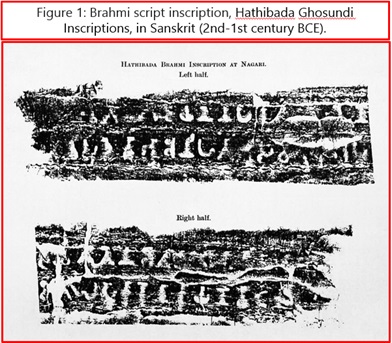
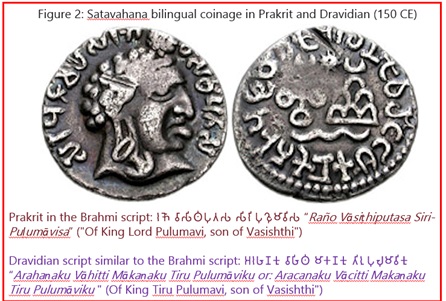
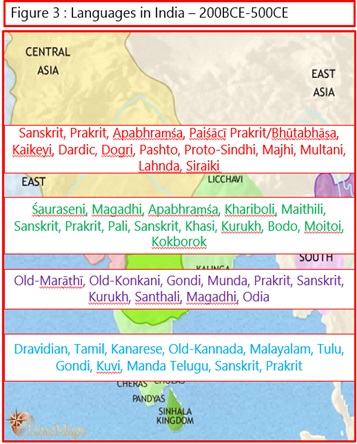
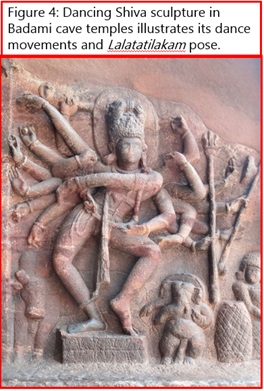
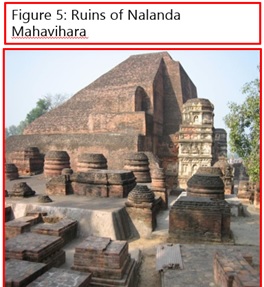
You may also access this article through our web-site http://www.lokvani.com/





